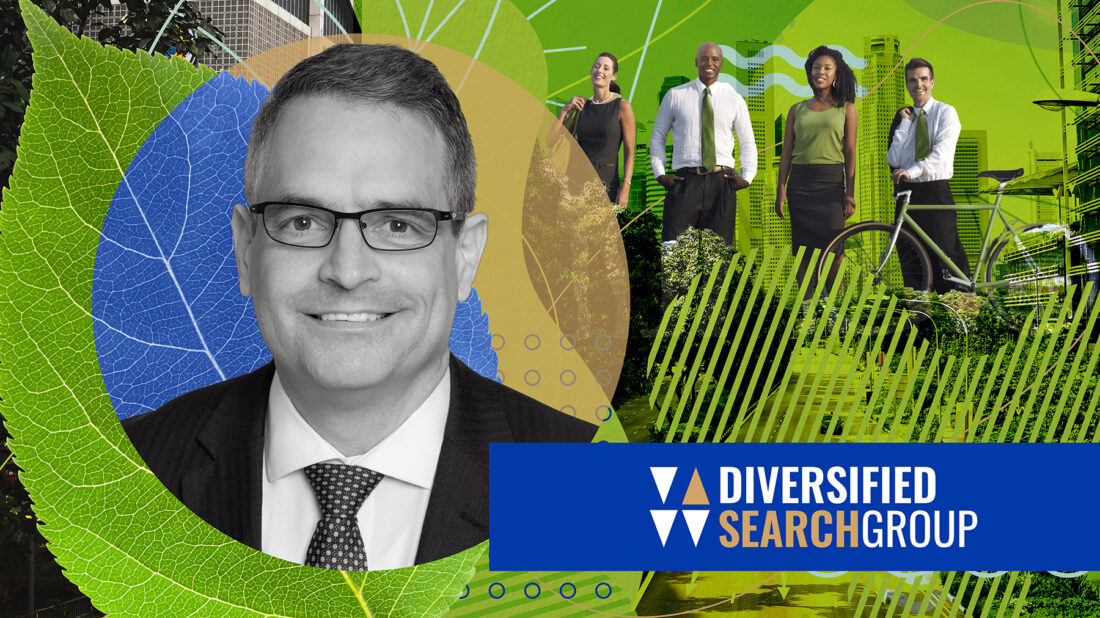
We are transitory beings. Here but for a season, we then pass the baton to a new generation of leaders. The assumption that it is the responsibility of a given age to pass on to posterity, greater material wealth, and an overall better life is embedded in the collective human spirit. We hope that our children’s lives will be better than our own. By this measure, however, rarely has the world faced such tension, as today’s convergence of challenges and opportunities threatens this very basic proposition. In this sense, while “sustainability” has always been one of the sacred values of most human societies, we find ourselves amid a crisis.
In August 2021, the Intergovernmental Panel on Climate Change (IPCC) issued Climate Change 2021: The Physical Science Basis, in which, to no one’s surprise, the authors state, “[i]t is unequivocal that human influence has warmed the atmosphere, ocean, and land. Widespread and rapid changes in the atmosphere, ocean, cryosphere and biosphere have occurred.” This serves as compelling pretext as the world’s leaders gather in Glasgow, Scotland, for COP26 to reaffirm that collective actions must be taken to avert an almost inevitable global climate, and by extension, economic catastrophe. While organizations are coming to terms with ESG reporting and as part of that, a sustainability agenda for themselves, what should boards and executive teams look for in their own leadership approach and in the attributes of new members of their teams? Our experience suggests that “sustainability leadership” is a model for today and the future.
As the decade unfolds, as more climate records are broken, and as the world battles a once-in-a-generation pandemic, adaptive sustainability leadership is our best hope for averting an extinction-level event. Moreover, far from placing an additional burden on companies, we believe this is a once-in-a-generation opportunity for leaders to step up and reexamine all facets of their leadership styles through a sustainability lens, driving ESG discourse beyond resource utilization and a net-zero carbon footprint. Nevertheless, this begs the question, what is sustainability leadership?
While “sustainability” and “ESG” (environmental, social, and governance) are often used interchangeably, sustainability is broad, intersectional, and complex, with environmental sustainability as just one part. By comparison, organizations’ ESG ratings are narrow, quantifiable metrics that can predict future growth and profitability. By these definitions, ESG criteria are a subset of sustainability metrics connected to financial performance. Asset managers, financial services providers, and investors use ESG criteria in decision-making. Sustainability leadership therefore begins with a mindset and sense of purpose that transcends and embraces sustainability, ESG, and DEI, setting up a new paradigm for 21st-century leadership.
Sustainability leadership has not long been in the public discourse. Nevertheless, savvy organizations have embraced sustainability – similarly to DEI – as a compelling differentiator when it comes to brand positioning, capital-raising, and employee retention in sectors as diverse as public policy, energy, clean tech, transportation, supply chain, banking, retail, manufacturing, agriculture, and education. At its best, sustainability leadership harnesses the efforts of boards, executive teams, employees, shareholders, and external stakeholders to drive impactful change across organizations, and by extension, the communities in which they operate and touch through their products and services.
Just as we have seen with DEI – a consideration whose contributory role in sustainability is part of a larger conversation on environmental justice – building a sustainable organization means embedding sustainability into your corporate DNA. And though “environmental justice” as a concept may not yet have the definitional precision we would like in order to translate it into actionable policy, the rewards in both cases – or even in a mixed case wherein sustainability is synthesized with DEI considerations – are clear, for such genuine business practices correlate with better performance and more sustainable profits. [footnote McKinsey]
Sustainability leadership starts with boards and executives who combine the mindset and the skillset to create purpose-driven organizations with an eye on both posterity and prosperity. Some of the specific characteristics that we have seen emerge as central to sustainability leadership are:
- Operating intentionally and with a clear sense of purpose. Purpose begins with ‘why’ – why do we exist as an organization? The necessary corollary is character. These require a high degree of self-awareness and helps to refine long-term vision and goals, defined both as financial targets and as an organization’s role in bettering the lives of its clients, employees, shareholders, stakeholders, and society.
- Systems thinking, processes, and collaboration. This is the ability to extrapolate sustainability purpose and strategy into the “how” of everyday actions. While devising strategies that meet the benchmarks of Scope 1, 2, and 3 will address GHG reporting, sustainability leadership will inform an organization’s broader mindset regarding all aspects of a business.
- Communication, stakeholder engagement, and continuity. Engaging with external stakeholders and investors in a transparent, frequent, and inclusive manner is at the heart of the social enterprise and is key to managing and setting expectations. In this, it is important to go beyond ESG reports and remain nimble as reporting standards continue to change and be refined.
- Creativity, innovation, and embracing change. Disruption and innovation, setting bold, courageous goals, and “bringing people along on the journey” are critical for leadership to build the confidence and momentum necessary to succeed. Dealing with ambiguity while remaining true to original purpose will be a central characteristic of sustainability leadership.
As the world comes to grips with the implications of the “next normal,” it is more critical than ever to insist on a convergence of practice and purpose when it comes to sustainability, DEI, and ESG overall. Embracing sustainability leadership – by appointing, developing, empowering, and retaining people who combine the necessary mindset and skillset – is essential for perpetuating dynamic, profitable, purpose-driven businesses and organizations. For boards and executive teams, this is not a choice. We have arrived at a crossroads; what happens next depends on the leaders we appoint now. The stakes could not be higher.